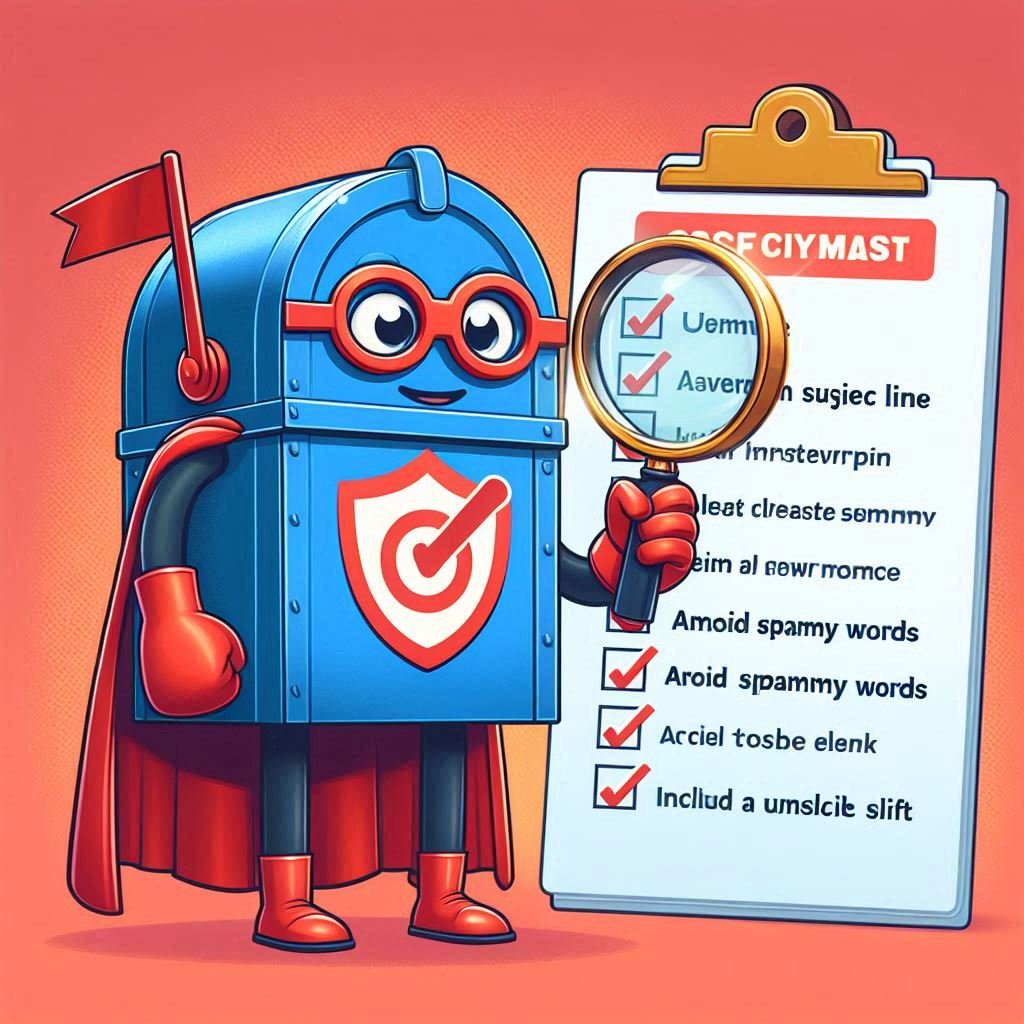Email marketers have a simple dream: 100% inbox placement rate (IPR), with a 100% open rate and a 100% conversion rate. It sounds simple. Whenever you send an email to a customer (or a future customer), they open it, read it, and click on the button you ask them to click. But this dream is further from reality than time travel.
Emails can go on one of three routes. The first route goes directly to the recipient’s inbox. The second route goes to the spam folder. And the third route leads to a dead end, which returns to you. No matter how hard you try, you’ll never achieve 100% IPR. But the challenge lies in getting as close to it as possible. What if you’re the first to do it?
By following these top email practices, you’ll ensure your email doesn’t end up in spam.
Wait, let’s define spam
Spam, or junk email, happens when someone sends unpersonalized emails to a bunch of accounts who didn’t sign up for them. And the nature follows the law of three. It can be about promoting a product or service, spreading malware, or phishing you out of your hard-earned money.
But wait, promotional emails count as cold emails, right?
Yes, and they’re different from spam emails. Junk mail has a few more characteristics:
– It’s unsolicited (no consent)
– Bad spelling and grammar
– Deceiving headlines
– Sent in bulk
– Many hyperlinks
– They ask you for personal data (passwords, credit cards, or Social Security numbers)
– They aren’t pretty
– Sent anonymously (or by random accounts)
How does an email provider know what is spam?
Spam used to be a big deal in the 1990s, 2000s, and 2010s. Email Metrics Report estimated that 90% of the total email traffic was spam. The numbers aren’t much different today because around 162 billion spam emails get sent daily. But there’s a catch – spam filters.
Internet Service Providers (ISPs) started implementing filters that prevent harmful, low-quality emails from getting to your inbox. They are the shield that protects you from offers that help you “triple your income,” “lose 20 pounds in a week”, and “get money from your relative in Nigeria who has left you an inheritance of $200 million in gold”.
Of course, spammers and filters evolved over the years, and now they’re more advanced. Now ISPs are looking at user engagement, previous interactions, double opt-ins, and your score with the email provider, as well as individual subscribers. They monitor every action and classify it as good or bad.
Good actions:
– Opening mails
– Replying to emails
– Moving to folders
– Flagging as not junk
– Adding to the address book
Bad actions:
– Moving to junk
– Deleting without opening
Top Practices To Help Your Email Game
Avoid getting flagged as spam with these best practices:
Build Your Own List
It’s better to have a list of 100 people who are genuinely interested in your product/service than to have a million emails who have no idea how your email got to their inbox. Build your list organically, and it will pay off major dividends in the long term.
Don’t buy emails from third parties, even if they classify them as warm leads. Don’t share lists with partners. And never use bots to scrape emails online. This is like choosing to go to the spam folder on purpose. Think of adding people to your list as making new friends. Slowly and with time.
If you want to be anonymous while building your list, you can use VPN servers to avoid exposing your IP address. That way, you will not be identified, and your data will remain private and untouched. This is extremely safe and has added security features, which make it perfect for a new venture you don’t want anyone to know about.
Always Use A Double Opt-In
If someone wants to subscribe to your newsletter, they should confirm their subscription. And there’s a good reason why. It confirms their interest in your emails, lowers your spam rating, and keeps your delivery rates high. From a user’s perspective, it’s a one-time thing that takes a minute to complete, but it’s a must-have for every company.
Personalize the content
Personalization isn’t just about changing the name of the recipient. It’s so much more. You can filter your audience by who interacts with your emails the most, frequent buyers, people who haven’t purchased in a while, and targeting them like individuals.
Send a promo offer to people who haven’t bought anything in a few months. Send some custom recommendations to your frequent buyers. Use data to your advantage, and make the most of personalization.
Make it relevant
An email needs to have a purpose. Does it provide relevant, urgent, or new information? Have you talked about something similar recently? Is the content inside valuable? Which part of your audience should you send it to?
The answers to these questions will help you become better with your copy, offers, promotions, and sales!


4 Comments
Pingback: How to Set Up an Out of Office Message in Gmail: A Step-by-Step Guide - Little T Lioness
Pingback: Instant Email Name Generator - Create Unique Email Addresses - TechyHunt
Pingback: Codes Etruesports: Your Guide to Discovering Exclusive Rewards - TechyHunt
Your point of view caught my eye and was very interesting. Thanks. I have a question for you.